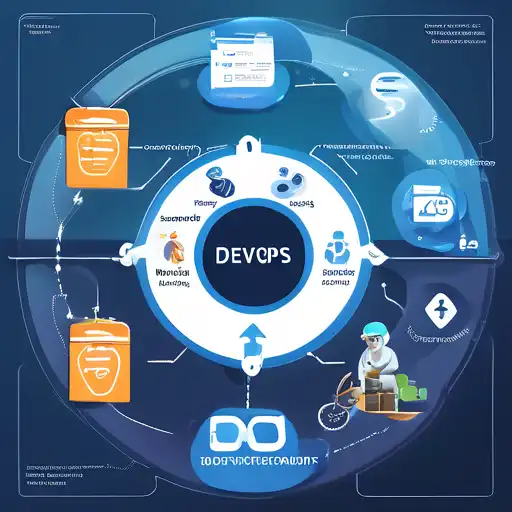Introduction to DevOps in Software Development
DevOps has revolutionized the way software is developed, deployed, and maintained. By bridging the gap between development and operations teams, DevOps practices ensure a smoother, faster, and more efficient software development lifecycle (SDLC). This article explores the pivotal role of DevOps in enhancing the SDLC, from planning to deployment and beyond.
The Core Benefits of DevOps
DevOps brings numerous benefits to the software development process, including improved collaboration, faster deployment times, and higher quality products. Here are some of the key advantages:
- Enhanced Collaboration: DevOps fosters a culture of collaboration between developers and operations teams, breaking down silos and improving communication.
- Continuous Integration and Continuous Deployment (CI/CD): Automating the integration and deployment processes reduces errors and speeds up the release cycle.
- Improved Efficiency: By automating repetitive tasks, teams can focus on more strategic work, leading to increased productivity.
- Higher Quality Products: Continuous testing and monitoring ensure that issues are identified and resolved early in the development process.
DevOps Practices That Transform the SDLC
Implementing DevOps practices can significantly improve the software development lifecycle. Here are some of the most impactful practices:
Automated Testing
Automated testing is a cornerstone of DevOps, enabling teams to detect and fix bugs early in the development process. This leads to more stable and reliable software releases.
Infrastructure as Code (IaC)
IaC allows teams to manage infrastructure through code, making it easier to provision and manage resources. This practice enhances consistency and reduces the risk of human error.
Continuous Monitoring
Continuous monitoring provides real-time insights into application performance, helping teams to quickly identify and address issues before they affect users.
Real-World Examples of DevOps Success
Many organizations have successfully implemented DevOps to improve their SDLC. For instance, companies like Amazon and Netflix have leveraged DevOps to achieve rapid deployment cycles and high availability of their services.
Conclusion
DevOps is not just a set of practices but a culture that promotes collaboration, efficiency, and continuous improvement in the software development lifecycle. By adopting DevOps, organizations can deliver high-quality software faster and more reliably, meeting the ever-increasing demands of the digital world.
For more insights into optimizing your development processes, explore our articles on Continuous Integration and Agile Methodology.
